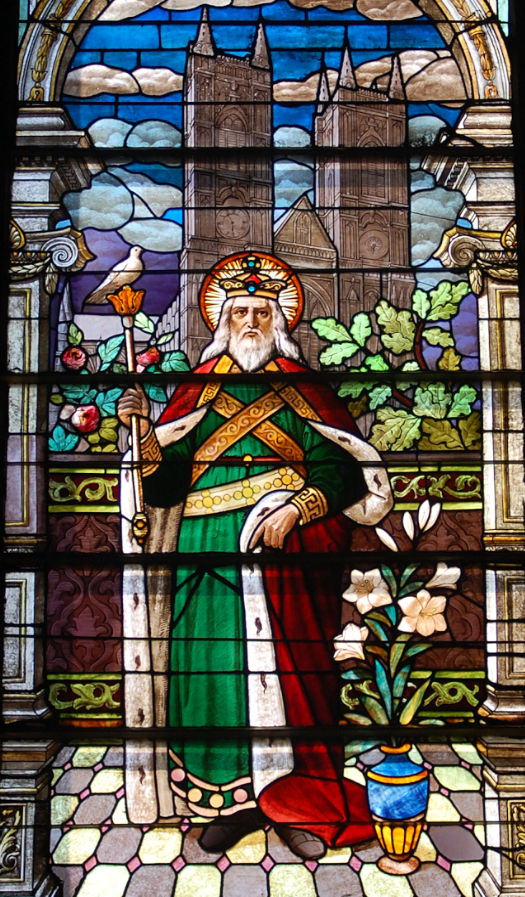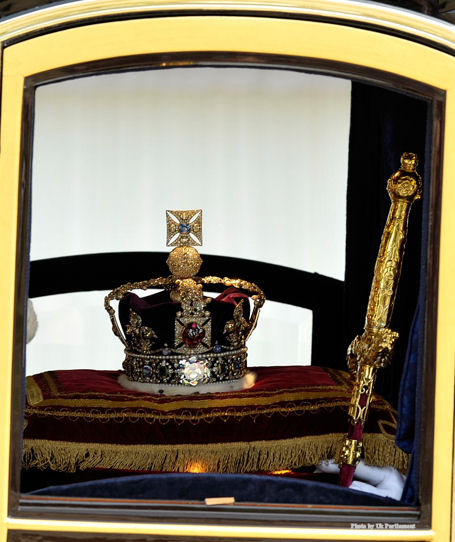If we estimate the character of a sovereign by the test of popular affection, we must rank Edward among the best princes of his time. The goodness of his heart was adored by his subjects, who lamented his death with tears of undissembled grief, and bequeathed his memory as an object of veneration to their posterity. The blessings of his reign are the constant theme of our ancient writers; not, indeed, that he displayed any of those brilliant qualities, which attract admiration, while they inflict misery. He could not boast of the victories which he had won, or of the conquests which he had achieved; but he exhibited the interesting spectacle of a king, negligent of his private interests, and totally devoted to the welfare of his people; and by his labors to restore the dominion of the laws; his vigilance to ward off foreign aggression; his constant, and ultimately successful solicitude to appease the feuds of his nobles, if he did not prevent the interruption, he secured at least a longer duration of public tranquility than had been enjoyed in England for half a century.

The Coronation Chair, sometimes known as St Edward’s Chair, was named after St. Edward the Confessor, and was kept in his shrine of St Edward’s Chapel at Westminster Abbey. Under the seat it contains the Stone of Scone, sometimes called Jacob’s Pillow Stone.
He was pious, kind, compassionate; the father of the poor, and the protector of the weak; more willing to give than to receive; and better pleased to pardon than to punish. Under the preceding kings, force generally supplied the place of justice, and the people were impoverished by the rapacity of the sovereign. But Edward enforced the laws of his Saxon predecessors, and disdained the riches which were rung from the labors of his subjects. Temperate in his diet, unostentatious in his person, pursuing no pleasures but those which his hawks and hounds afforded, he was content with the patrimonial demesnes of the crown; and was able to assert, even after the abolition of that fruitful source of revenue, the Dane-gelt, that he possessed a greater portion of wealth than any of his predecessors had enjoyed….

Saint Edward the Confessor stained-glass window in Cathedral Basilica of Saint Joseph, San Jose, California.
Writers were induced to view his character with more partiality from the hatred with which they looked on his successors and predecessors. They were foreigners, he was a native; they held the crown by conquest, he by descent; they ground to the dust the slaves whom they had made, he became known to his countrymen only by his benefits. Hence he appeared to shine with a purer light amid the gloom with which he was surrounded; and whenever the people under the despotism of the Norman kings had an opportunity of expressing their real wishes, they constantly called for “the laws and customs of the good King Edward.”
He was the first of our princes who touched for the king’s evil [scrofula].

The St. Edward’s Sapphire, which was the gem on St. Edward’s ring, survived through Oliver Cromwell’s reign and disassembly of the crown jewels and was recut into its present form for Charles II after the restoration. Queen Victoria had the gem set into the finial cross of the Imperial State Crown. St. Edward, who had great devotion to St. John the Evangelist, was very generous towards his subjects. One day on his way to Westminster Abbey he was accosted by a beggar. The King’s immediate reaction was to search his pockets for some money to hand the beggar. Upon finding his pockets empty the king, without hesitation, slipped the sapphire ring off his finger and presented it to the beggar. The beggar thanked the generous monarch and departed. Many years later, two pilgrims from the Holy Land returned the ring to the king saying they had met St John the Evangelist who told them he had received the ring from the king, many years earlier in the guise of a beggar.
John Lingard, The History of England: From the First Invasion by the Romans to the Accession of William and Mary in 1688 (Edinburgh: John Grant, 1902), vol. I, 357-9.
Short Stories on Honor, Chivalry, and the World of Nobility—no. 536







